Learning Outcomes
After completing this module, you should be able to:
- do some basic conversions, most importantly between milli, micro, nano etc
- understand how micropipettes (also referred to as pipette, pipetman, micropipetter etc) work and which pipette is ideal to use for any given volume that you want to dispense
The metric system
How well do you know your metric vocabulary? Below are a list of prefixes used in the metric system, arranged in order of size. It is a very good idea to familiarise yourself with them as they are the most commonly used notation for many experimental measurements and in daily life!!
| trillions | billions | millions | thousands | hundreds | tens |
| tera 1012 |
mega 106 |
hecto 102 |
deca 101 |
| tenths | hundredths | thousandths | millionths | billionths | trillionths |
| deci 0.1 10-1 |
centi 0.01 10-2 |
pico 0.000000000001 10-12 |
You already familiarised yourself with the metric system? That's great. Try these questions below to apply that knowledge.
 Metric Quiz
Metric Quiz
To make this interactive, turn on javascript!
NOTE: Do NOT put commas in your numbers -- the program is not smart enough to understand them!
The brain of an elephant can weigh up to 7.5 kilograms.
What is this in g?
g
Homo sapiens have a brain volume of about 1350 mL.
How much is this in litres?
L
A mouse brain weighs about 400 milligrams.
What is this in micrograms?
micrograms
Prokaryotic ribosomes can have a diameter as small as 20 nm..
How many micrometres is this?
microns
A mitochondrion averages 0.5 micrometres across.
How much is this in nanometres?
nm
Commander Spock identifies a new strain of bacteria which averages 17.83 micrometres.
How many nanometres is this?
nanometers
The nerve cell running the length of a giraffe's neck can measure up to 3100 millimetres.
How much is this in metres?
m
in micrometres?
microns
Answers: 7500, 1.35, 400000, 0.011, 500, 17830, 3.1, 3100000
If you need to brush up...
The easiest way to convert metric measurements is to move the decimal place. Remember that metric vocabulary? It went like this:
tera – giga – mega – kilo – no prefix – milli – micro – nano – pico
Every time you move to the right on this list, the unit gets smaller (by 3 decimal places), so you need more of them to compensate (move the decimal place 3 to the right).
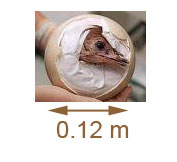
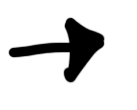
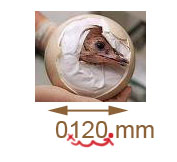
| If you turn on javascript, this becomes a rollover |
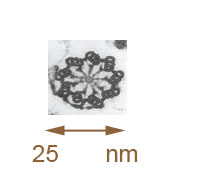

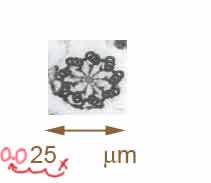
| If you turn on javascript, this becomes a rollover |
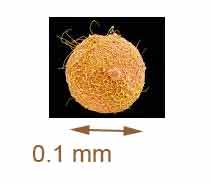

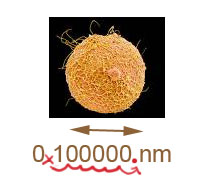
| If you turn on javascript, this becomes a rollover |
For example, a human egg is 0.1 millimetres in diameter. So, in nanometres, this is:
To summarise, remember that the SMALLER the unit, the MORE of them you need to make the same measurement, so move the decimal in the appropriate direction.
Copyright University of Maryland, 2007
You may link to this site for educational purposes.
Please do not copy without permission
requests/questions/feedback email: mathbench@umd.edu